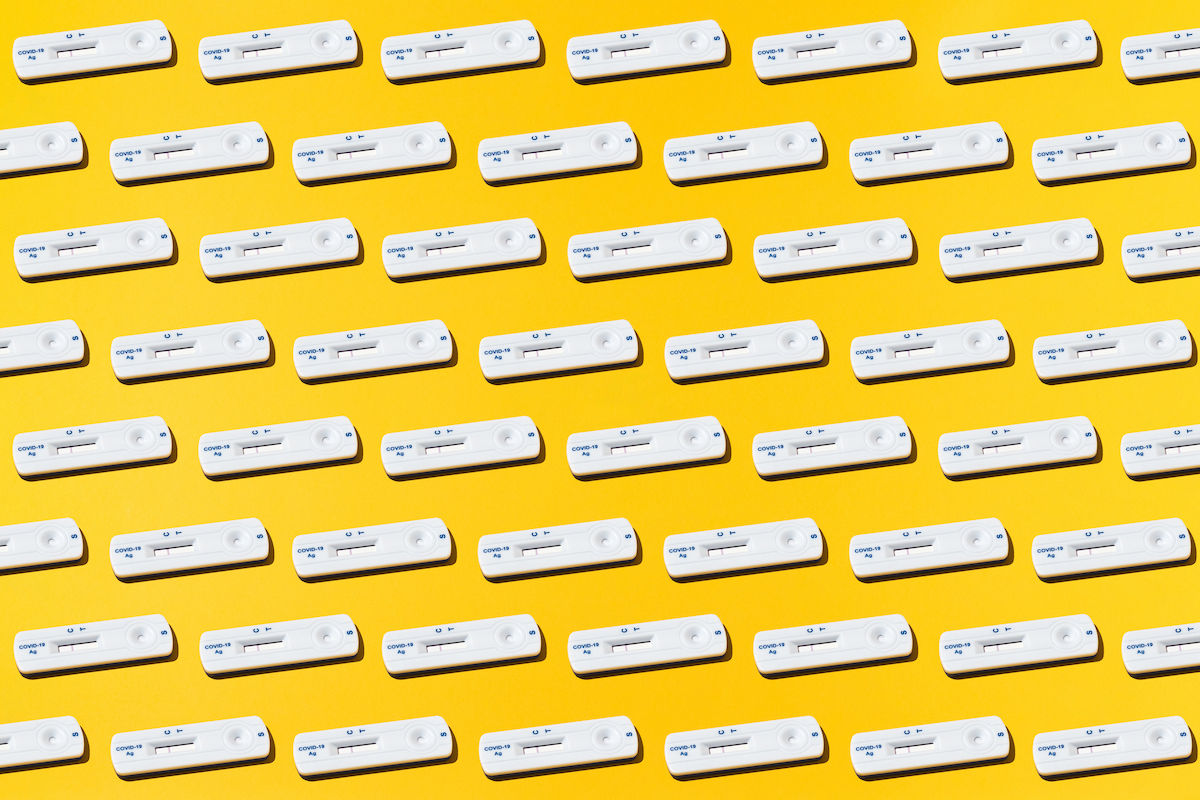First, for those reading this on the West Coast, I hope you and your families are as safe as possible. Many of you have written to ask about evidence on wildfire smoke, and I hope to be able to write a bit on this early next week.
Today, I wanted to reflect a bit on safety precautions in schools and thinking about why each of them are in place. This is largely question motivated. For example:
Our kid is in a small home day care. Because the pod is so small, is there any reason to wear masks?
or…
The science teacher in my kids school goes around between the classrooms and teaches. Doesn’t this ruin the pod system?
or…
What on earth is the point of temperature checking?
The second of these is probably the most common, and complicated. I hear it from parents, but also teachers: you said the reason the school is safe is the pod system, and yet I’m being asked to visit all the different pods. How can that be safe?
If you are a regular reader here, you will probably recognize the fact that I have really only one insight. Namely, that we should not look at questions like this individually, but step back to the bigger picture and develop a framework for answering them. (Perhaps someday I will have additional insights, but today is not that day).
The framework I want to set up here is the “safety lasagna” (shout out to Steve Baskin for this phrase, and also this earlier guest post on this newsletter with lots of details on particular protections). Protection comes in layers, but not every layer protects from everything. What am I talking about? Read below. Lasagna framework first, then some guidance on questions.
The Lasagna
What are we trying to achieve?
Safe school reopen means preventing spread of COVID-19 in schools and preventing community spread of school-acquired infections. Period. That is what the schools can control; they cannot control what goes on around them, or what people do with their off school time.
There are three layers to this (hence, a lasagna).
- Layer 1: Prevent cases from coming into school
- Layer 2: If a case gets in, prevent it from spreading
- Layer 3: If a case spreads in school, prevent it from causing an out-of-school outbreak.
Virtually everything places do in safe reopen plans fall into one of these layers. But the key is they do not fall into all of the layers.
Layer 1: Prevent Cases from Coming In
You do not want people to arrive at school with COVID-19. Beyond generally telling people to be cautious outside of school, the major activities schools do here are: enforcement of not coming to school sick, symptom reporting and temperature checking.
The first of these is probably the most crucial. As school and child care centers open, it is necessary to move to a system where people keep sick kids home, and where sick adults also stay home. Part of this is enforcing to parents that they cannot just medicate their kid up and send them in. But the other part is providing support (including testing, but also backup child care and paid leave) when families do need to keep a kid home. Schools need to make sure staff know that they should stay home when sick, and they need to pay them. This may seem obvious, but it is worth saying.
Symptom checking and temperature taking are, in some ways, more performative. You can always say you have no symptoms, and temperature isn’t the only indicator of COVID-19. However: I think they have value if only in making people reflect on how they feel and in making clear that the location is taking the problem seriously.
This first layer is also why we limit parents and others from entering schools. It’s all about keeping the virus out.
Layer 2: Preventing Spread
Most of what schools are doing is intended to prevent spread. This, itself, is multilayered.
- Masks: prevent spread by limiting particles. Useful for both students and staff.
- Distancing: keeping teachers distant from students; teaching from the front of the room, 6 feet away if possible.
- Individual desks, distanced if possible.
- Hand washing! Hand Sanitizing! So much of it.
- Not sharing food, eating lunch at desks
- Keeping windows open, being outside.
There are undoubtedly more things on this list. And not every school will do all of these things in every moment. One key is that they help reinforce each other. If kids aren’t always perfect at wearing masks, the fact that they have their own desks will keep spread limited. If they wash their hands, then the fact that they do not always successfully distance will matter less. Being able to keep the windows open is great, but if you cannot do that, masks and distancing and hand washing can all still help.
Or, if you cannot mask, or that isn’t a requirement of the school, these other efforts can help keep spread down.
The goal of this lasagna layer is to limit spread in schools. I emphasize this so we can interpret what we see in data. In particular: if a staff member at a school gets COVID elsewhere, or a child gets it from a parent, this is a school case, but it doesn’t suggest a failure of in school procedures. In school use of masks will not prevent this, and we should not assume masks are a failure in these cases.
Layer 3: Preventing Escape
If layers 1 and 2 fail, and someone is infected with COVID-19 at school — which will happen, it’s not reasonable to pretend it will not — the hope is that the infection will stop there. I think among the biggest fears about school re-open is that they will be the source of large outbreaks in the older population. This is of particular concern since adults are the higher risk group.
The most significant way schools are doing this is with use of pods. By keeping kids in stable groups, if a kid is sick and if they transmit in school, then the number of possible outside contacts is more limited.
This limits infections, and it also helps control quarantine needs. If every kid sees every other kid in the school regularly, then one infection would mean an entire school would need quarantine.
The other significant step to prevent escape is limiting adult access to schools. If parents are exposed only to their own children, that’s better than if they are exposed to everyone (this prevents intake also – its a layer 1/3 combo!).
There are many other things schools do which I haven’t mentioned here. But my guess is nearly all of them can fit into one of these layers.
Thinking Through Questions
This framework (at least for me) helps me think through both why we see some of the approaches we do and what to do if you have a choice.
Example: Why run a hybrid schedule with half the kids in each day? Hybrid schedules affect layers 2 and 3 of the lasagna. Fewer kids in school at a given time = possibility of more distancing (layer 2). And by stretching to have fewer kids in the same number of classrooms, you are able to create smaller pods (layer 3).
Example: Why is high school harder than elementary school? One reason for this is that high school students are more susceptible to the virus and spread it more; this isn’t part of the lasagna. But there are lasagna reasons too. High school often involves many different classes for each kid. Stable pods are hard to define. This means we worry more about viral escape with high schools, and are probably more wary about opening them.
Example: Is it really safe for specialist teachers to move between classrooms? Isn’t this a pod violation? The key to how this could be safe is layer 2. If someone comes into a pod and is protected — mask, standing distanced, hand washing — they are extremely unlikely to spread or contract the virus. Like, really, really unlikely. The CDC would not define this as a “close contact”. The reason to keep the stable group is layer 3, but in this case, layer 2 is the protection. This also tells us why this might NOT be safe. Having a teacher move back and forth between many classrooms without masks or distancing is a problem.
Example: Masks in small pods. My child is in a small home day care. Since the pod is small can we skip masks? Answer: it may or may not be a good idea to have masks (little kids touch their faces a lot with masks and they are limited transmitters, so this is less clear than with older kids ore adults). But the pod size isn’t really related. The masks are intended to do something different than the pod.
You’ll have your own questions, obviously. That’s why you need a framework, even a pasta-based one.
Community Guidelines













